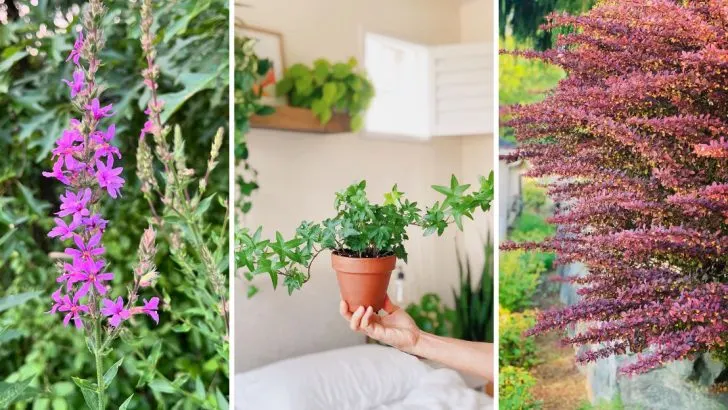The world of plants is as diverse as it is fascinating, but not every plant is welcome everywhere. In the United States, certain plants are outright banned due to their invasive tendencies, toxicity, or potential to disrupt ecosystems.
While some of these plants may seem harmless or even desirable, their hidden risks make them a threat to native species, agriculture, and public safety.
From fast-spreading vines to deceptively beautiful flowers, this list explores 10 plants that are prohibited in the U.S. Discover why these plants are off-limits and how their cultivation could have far-reaching consequences for the environment. Let’s take a closer look at what makes these botanical outlaws so dangerous!
Kudzu
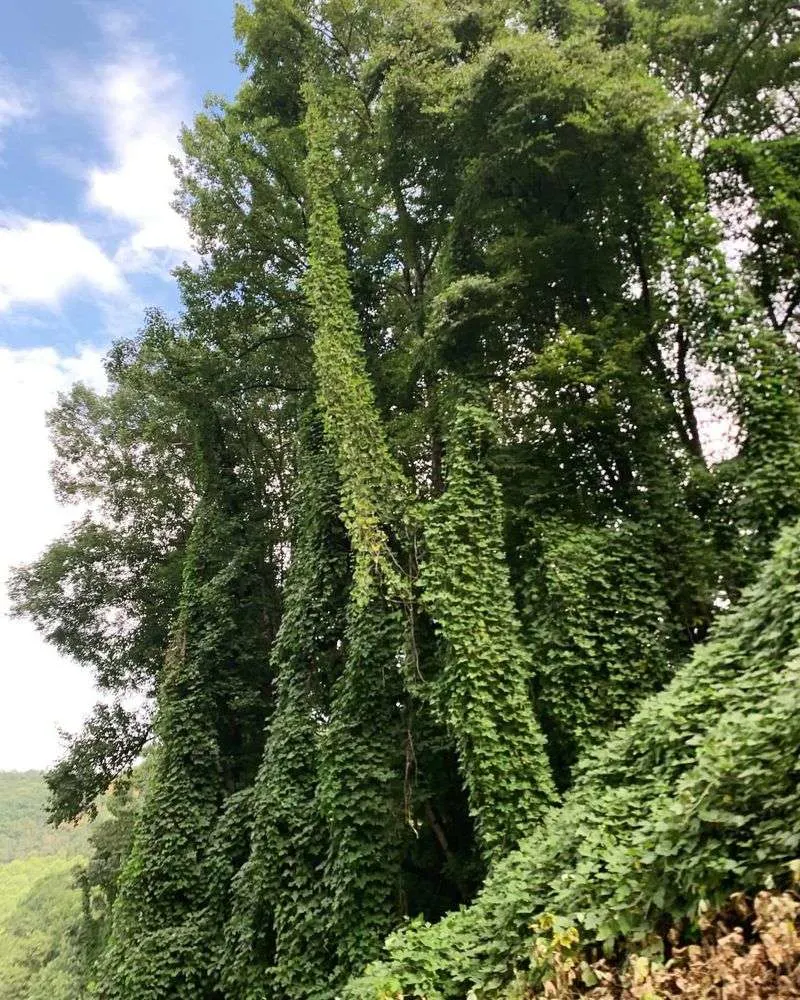
Kudzu, a vine native to Asia, is notorious for its rapid growth rate. It can cover entire landscapes, choking out native plants and disrupting ecosystems. Found primarily in the southeastern U.S., it’s often seen overtaking trees and buildings. Its aggressive nature can lead to costly removal efforts. Plant enthusiasts often underestimate its capacity to spread, making it a significant threat. Authorities have imposed strict regulations to prevent its cultivation. If you’re living in areas prone to kudzu infestation, consider alternative ground cover plants that won’t harm local biodiversity.
Giant Hogweed
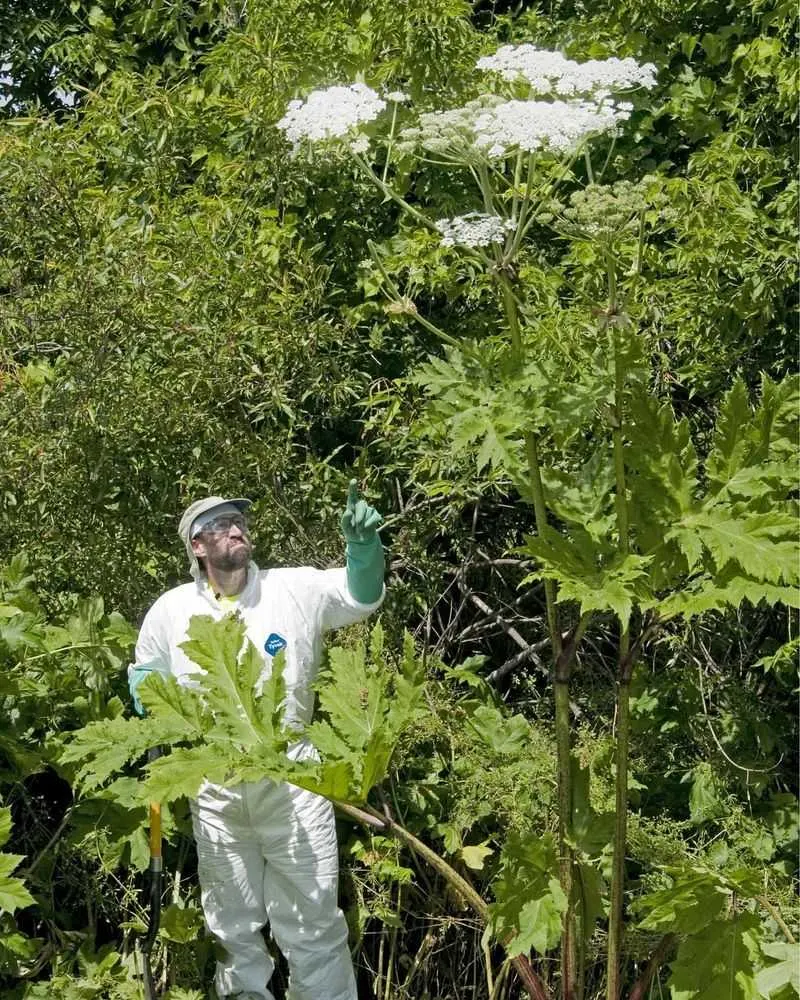
Giant Hogweed is as dangerous as it is impressive, with towering stems and massive leaves. Contact with this plant can cause severe skin burns and even blindness. It’s primarily found in the northeastern states, where it’s classified as a noxious weed. Despite its alluring appearance, it’s a serious human health hazard. If you spot this plant, it’s crucial to report it to local authorities. Gardeners should always prioritize safety and opt for non-hazardous ornamental plants. You’ll not only protect yourself but also contribute to controlling this invasive species.
Japanese Barberry
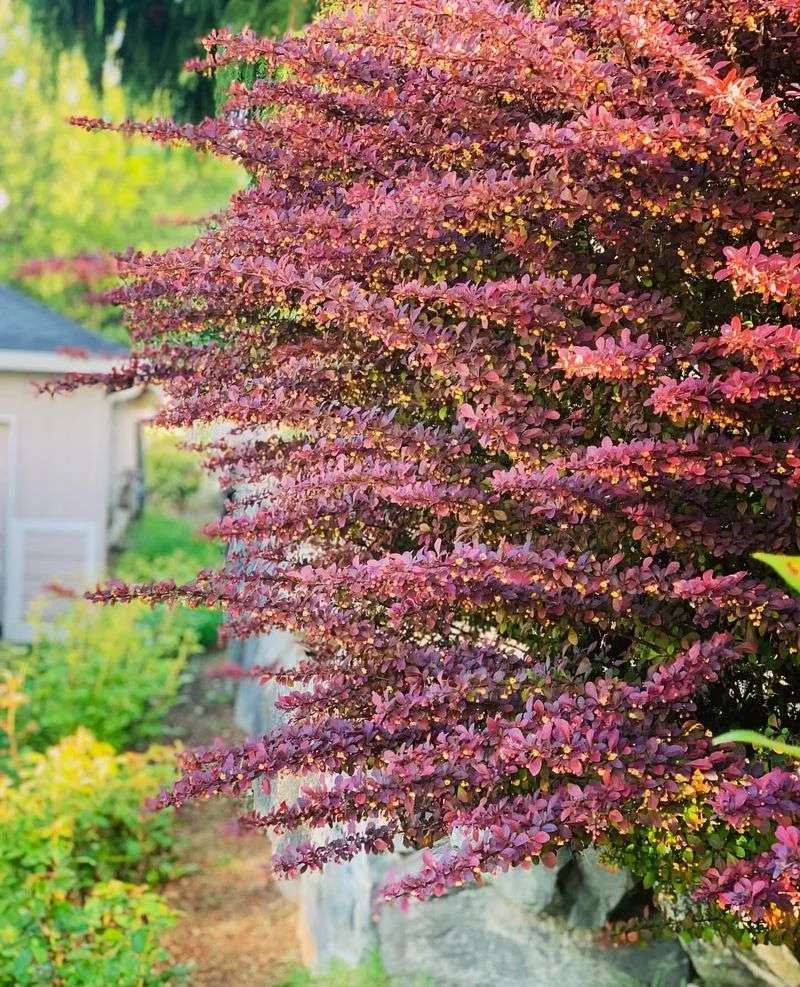
Japanese Barberry is a popular ornamental shrub that’s become invasive in many parts of the United States, particularly in the northeast. It forms dense thickets, outcompeting native plants and altering soil pH. This can lead to reduced biodiversity in local forests. Its thorny branches make it difficult to remove once established. Gardeners often plant it for its vibrant foliage without realizing the ecological consequences. Instead, choose native shrubs that support local wildlife and maintain ecosystem balance. By doing so, you’ll help preserve the natural beauty of your surroundings.
Purple Loosestrife
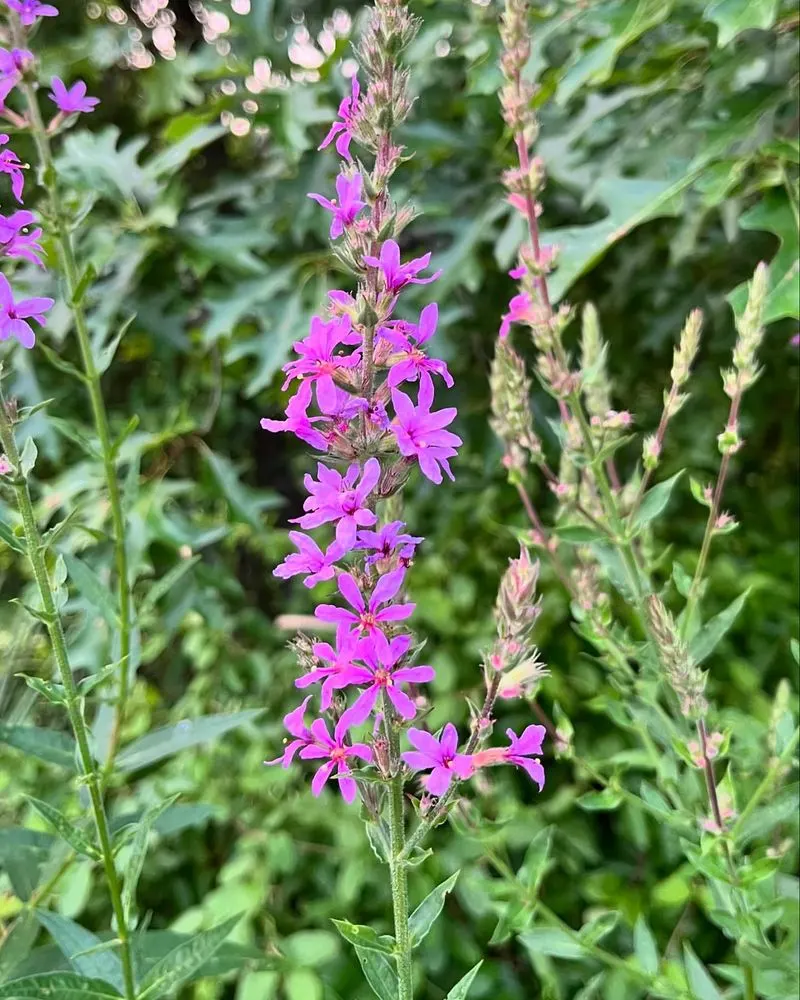
Purple Loosestrife, with its striking purple flowers, can quickly overwhelm wetlands and waterways. Its invasive roots outcompete native aquatic plants, disrupting habitats for local wildlife. Once established, it spreads aggressively, making control efforts challenging and costly. Despite its beauty, it’s a regulated species in many states, particularly in the Midwest. Gardeners should avoid planting it and consider native alternatives that won’t harm wetland ecosystems. Your choice can make a significant difference in protecting aquatic habitats.
Water Hyacinth
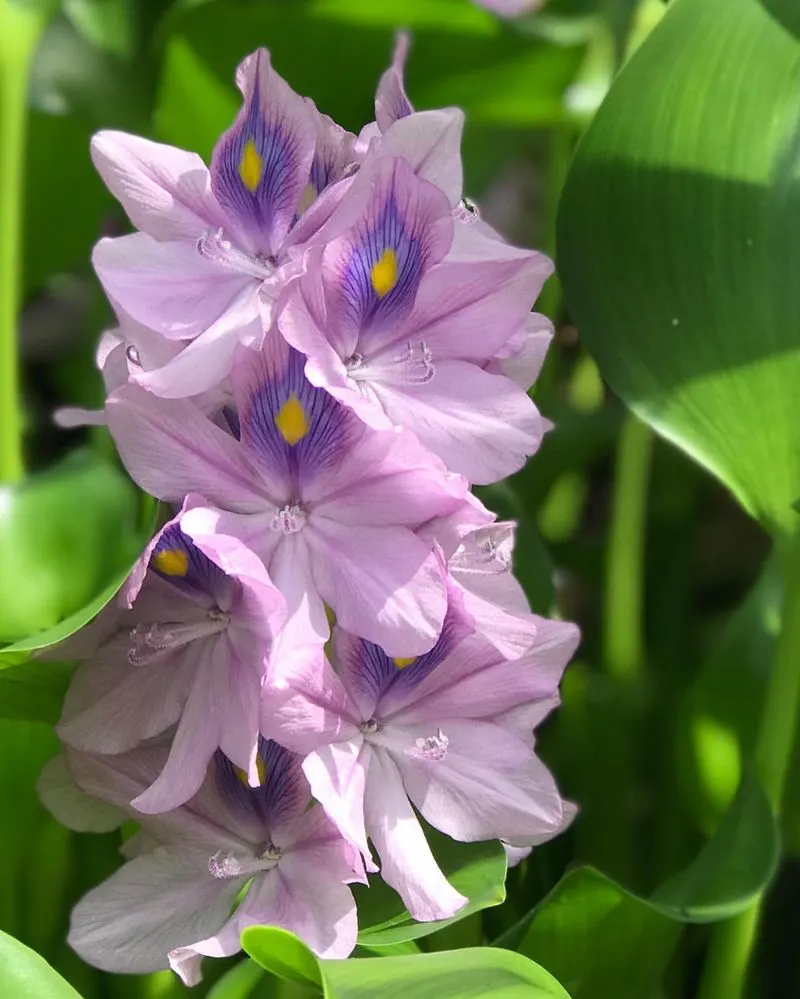
Water Hyacinth is a floating plant that clogs waterways, hindering water flow and affecting aquatic life. It’s particularly troublesome in the southern states, where it forms thick mats on lakes and rivers. This can lead to oxygen depletion in the water, harming fish and other organisms. Effective management often requires significant resources. Instead of cultivating this plant, opt for native aquatic plants that support healthy water ecosystems. Your gardening choices can play a pivotal role in maintaining the region’s environmental health.
English Ivy
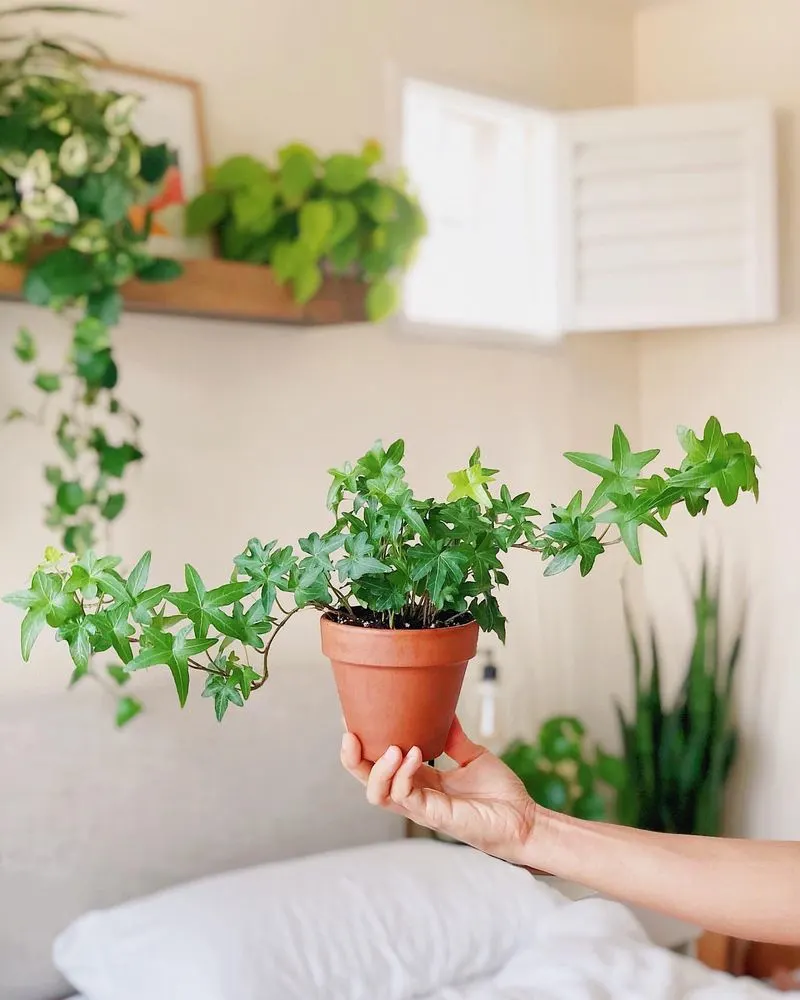
English Ivy is admired for its classic look but is problematic when left unmanaged. It can climb and smother trees, weakening them over time. In urban areas, it often spreads over buildings and landscapes, becoming difficult to control. This plant is especially invasive in the eastern U.S., where it’s discouraged for use in landscaping. Instead of ivy, consider vines that coexist harmoniously with trees and structures. By choosing alternatives, you’ll help prevent potential damage to both natural and architectural environments.
Brazilian Pepper Tree
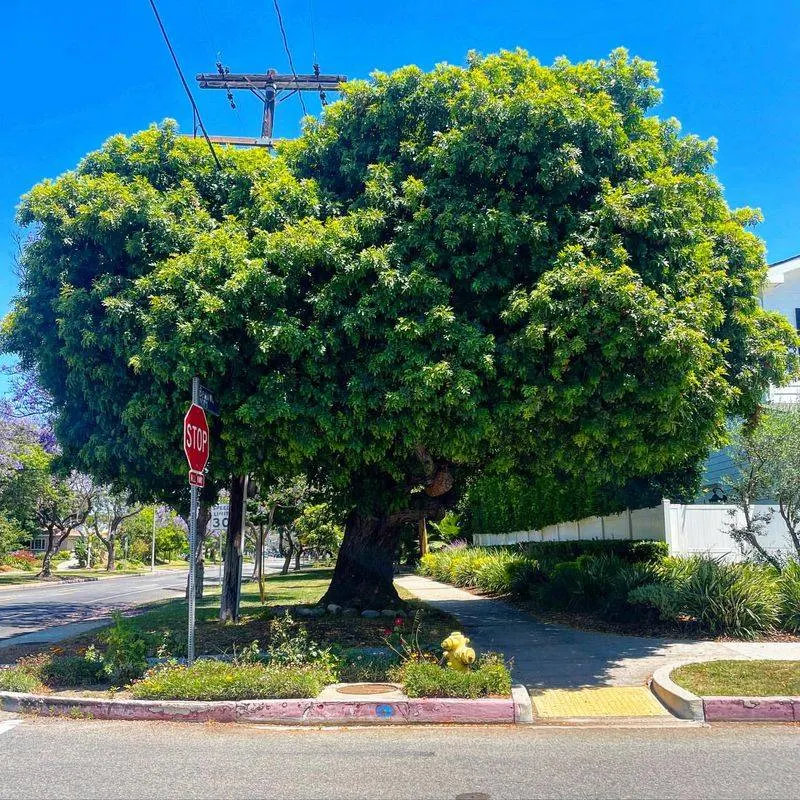
The Brazilian Pepper Tree, with its vibrant red berries, is an attractive yet troublesome plant in Florida. It’s classified as an invasive species due to its aggressive growth, which can outcompete native flora. This tree can dominate landscapes, altering habitats and reducing biodiversity. Its presence is a concern for conservationists aiming to protect Florida’s unique ecosystems. Gardeners in the region are encouraged to remove these trees and replace them with native species. Choosing native plants supports local wildlife and maintains ecological balance.
Scotch Broom
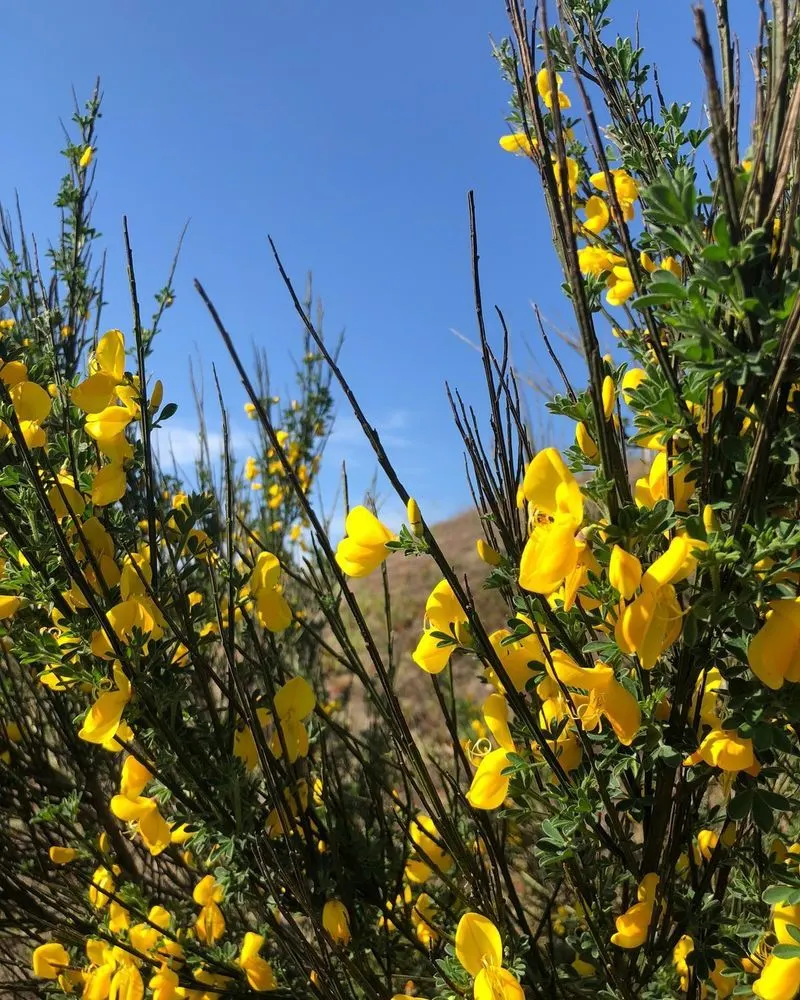
Scotch Broom is known for its vibrant yellow flowers, adorning landscapes across the western United States. However, this beauty comes at a cost. It’s a highly invasive shrub that spreads rapidly, displacing native plants. Its dense growth can increase fire risk and reduce grazing land for wildlife. Many western states have enacted regulations to control its spread. If you’re considering ornamental shrubs, opt for native alternatives that won’t harm the local environment. These choices can help preserve the delicate ecosystems of the western regions.
Hydrilla
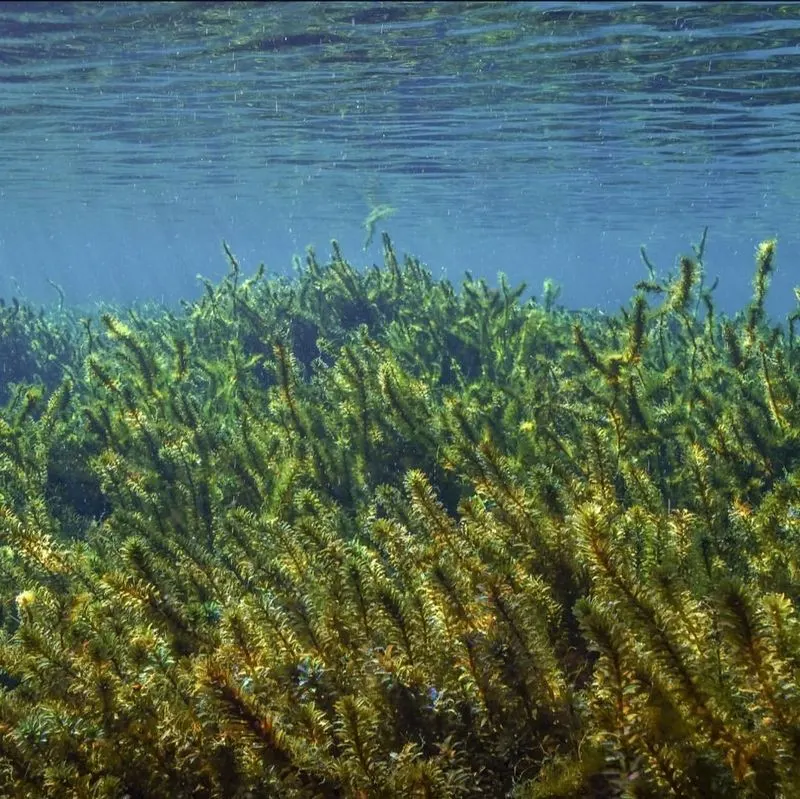
Hydrilla is a submerged aquatic plant notorious for its ability to clog waterways in the southeastern United States. It forms dense mats that impede recreational activities and block sunlight, affecting aquatic ecosystems. This plant’s rapid spread can lead to significant ecological and economic impacts. Managing hydrilla infestations often requires ongoing efforts and resources. Rather than introducing this plant, consider supporting native aquatic vegetation that preserves waterway health. Your choices will aid in maintaining balanced and thriving aquatic environments.
Australian Pine
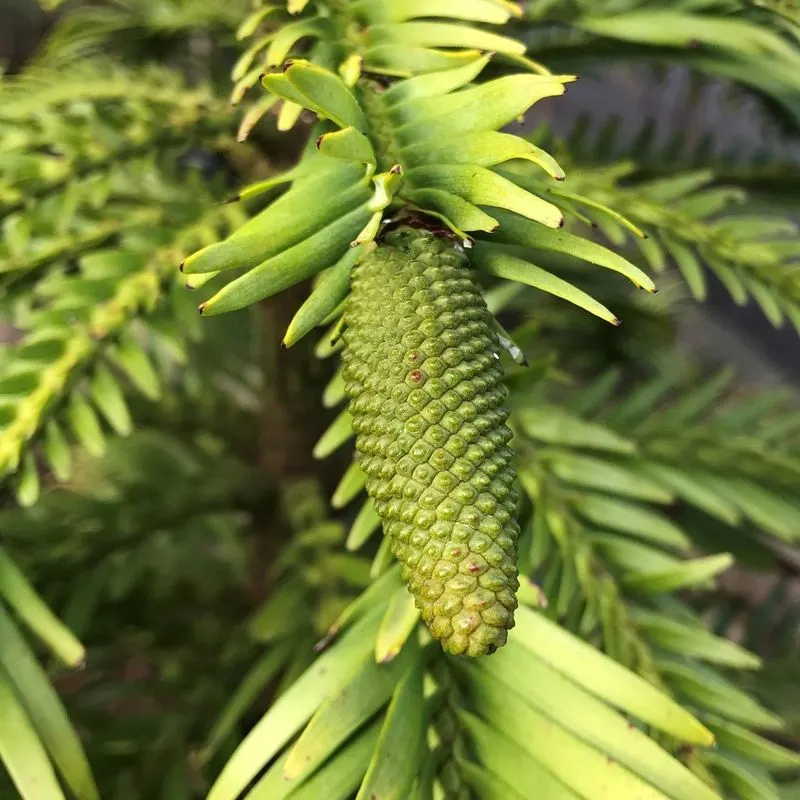
Australian Pine, with its tall, slender form, is often found along coastlines in the southern United States. Despite its coastal charm, it poses significant threats to native plant life and soil stability. Its dense canopy inhibits the growth of native species beneath it. Many states have banned its cultivation to protect local ecosystems. If you reside in affected areas, consider planting native coastal trees that support the local environment. Your efforts can help sustain the natural beauty and biodiversity of coastal regions.

